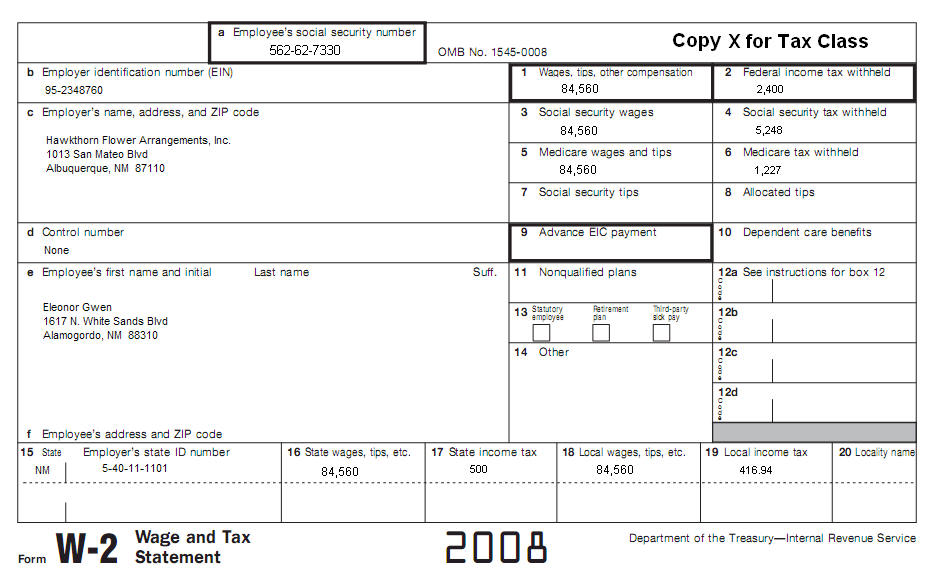|
|
|
Tax Lesson 30 - Tax Withholding and Estimated Tax
|
|
Our federal income tax system is a pay-as-you-go tax. You must
pay the tax as you receive the income during the year. In this tax topic you
will learn how taxpayers get income withheld from their pay and other income
such as pensions, bonuses, commissions, and gambling winnings. However, if no
one withholds from your sources of income, you might have to pay estimated taxes
such as when the taxpayer is business for himself or herself. A taxpayer may
also have to pay estimated taxes on income such as dividends, interest, capital
gains, rents, and royalties. In addition, you will learn how to take credit for
the withholding on the tax return and calculate the penalties for not paying
enough.
Tax School Homepage Student Instructions: Print this page, work on the questions and then submit test by mailing the answer sheet or by completing quiz online. Instructions to submit quiz online successfully: Step-by-Step check list Answer Sheet Quiz Online
Most forms are in Adobe Acrobat PDF format.
Please use
IRS
Publication 505 to complete this topic.
Prepare Form 1040
and
Form 2210 for Eleonor
Gwen. She is single and has no dependents. In tax year 2007 Eleonor did not have a tax liability. For 2008, Eleonor worries that she may owe a penalty for
underpayment of her tax.
|
| Back to Tax School Homepage |




